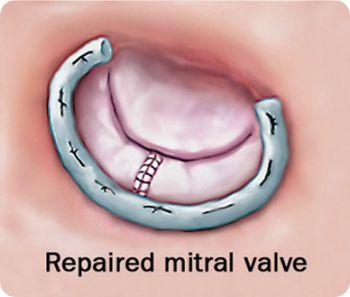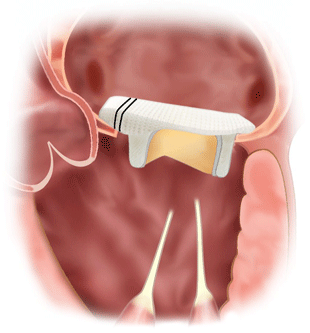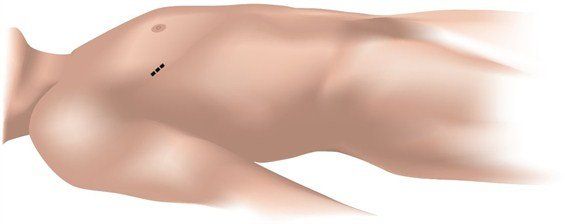Mitral Valve Surgery
Mitral Valve Surgery
The mitral valve is a small flap in the heart that stops blood flowing the wrong way. Surgery is often the only way that the valve can function normally and prevent your heart from deteriorating.
Mitral valve prolapse
Mitral valve prolapse is where the mitral valve is too floppy and doesn't close tightly. Many people with a mitral valve prolapse don't have symptoms and it may only be spotted during a heart scan (echocardiogram) carried out for another reason.
Mitral valve prolapse can sometimes cause:
- dizziness
- breathlessness
- tiredness
- an irregular heartbeat (arrhythmia) or noticeable heartbeats (palpitations)
Mitral regurgitation happens if the mitral valve can't close properly. This is usually due to either:
- the mitral valve becoming too floppy (mitral valve prolapse)
- the ring of muscle around the valve becoming too wide
These problems often develop with age – for example, because of "wear and tear" over time or damage caused by untreated high blood pressure.
Mitral regurgitation can sometimes be caused by a problem such as:
cardiomyopathy – where the walls of the heart become stretched, thickened or stiff
endocarditis – infection of the inner lining of the heart
congenital heart disease – birth defects affecting the heart
Mitral stenosis
Mitral valve stenosis is where the mitral valve doesn't open as wide as it should, restricting the flow of blood through the heart.
Mitral valve stenosis may not have any symptoms. Sometimes it can cause:
- dizziness
- breathlessness
- tiredness
- noticeable heartbeats (palpitations)
- chest pain
If not treated, it can lead to atrial fibrillation – an irregular and fast heartbeat or pulmonary hypertension – high blood pressure in the blood vessels that supply the lungs or eventually
heart failure – where the heart can't pump blood around the body properly
One of the main causes of mitral valve stenosis is rheumatic heart disease.
This is where an infection causes the heart to become inflamed. Over time, it can cause the flaps of the mitral valve to become hard and thick.
Other causes include hard deposits that form around the valve with age or a problem with the heart from birth (congenital heart disease).
Mitral valve surgery
Mitral valve surgery may be recommended if you have symptoms caused by a problem with your mitral valve or if the problem is quite severe.
The most common mitral valve procedures are:
- mitral valve repair
- mitral valve replacement
Mitral valve repair
The operation is carried out under general anaesthetic (where you're asleep). Your surgeon will usually get to your heart through a single cut along the middle of your chest, but smaller cuts between your ribs are sometimes used - minimally invasive or 'Keyhole surgery'. The flaps of the mitral valve are then repaired and a supporting ring (equivalent to a doorframe) inserted.
Mitral valve replacement
The operation is carried out under general anaesthetic (where you're asleep). Your surgeon will usually get to your heart through a single cut along the middle of your chest, but smaller cuts between your ribs are sometimes used - minimally invasive or 'Keyhole surgery'. The Mitral valve is replaced with either
- a man-made one (a mechanical valve) or
- one made from animal tissue (a bioprosthetic valve).
This is usually only done if you have mitral stenosis, or you have mitral prolapse or regurgitation and are unable to have a valve repair. You will also need to take medication (Warfarin) to prevent blood clots for at least 3 months after this operation if you have had a bioprosthetic valve replacement. If you have a man-made valve, you'll need to take this medication for life.
Alternatives to mitral valve surgery
It may be that the risks for open heart mitral valve surgery are too high in which case we may investigate you for TMVR or TEER.
TMVR
(Transcatheter Mitral Valve Replacement): This is a keyhole valve that can be inserted into your mitral valve position, usually when you have already had a previous tissue mitral valve operation or mitral valve repair with a ring implanted. This can be a much lower risk than a redo open heart operation.
TEER
(Transcatheter edge to edge repair): This is a procedure done though a large vein in your groin (femoral vein), specifically when your mitral valve has a severe leak due to degeneration of the valve leaflets. It involves placing a device to hold portions of the leaflets of your mitral valve together and can help reduce leakage through the valve thereby improving your symptoms.



